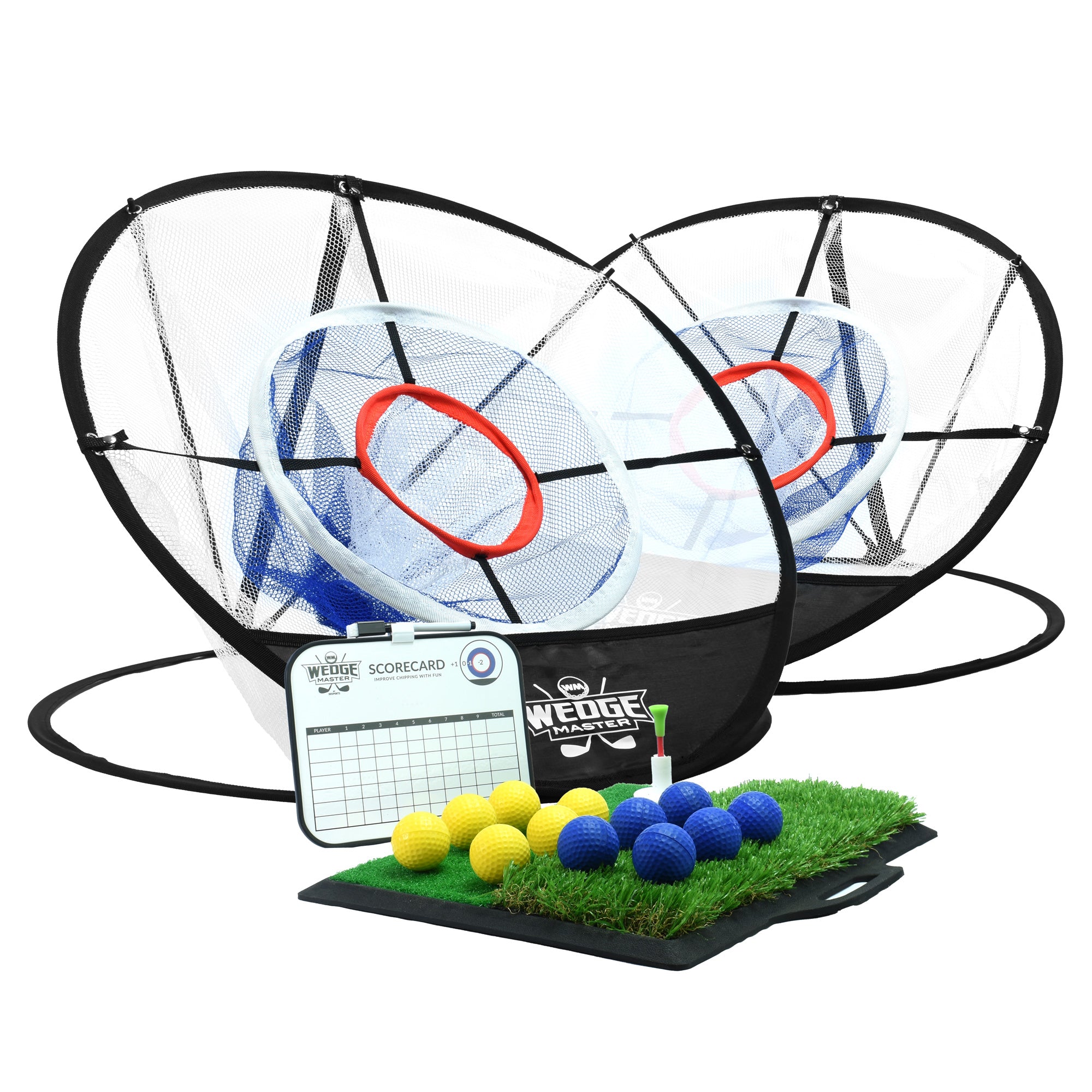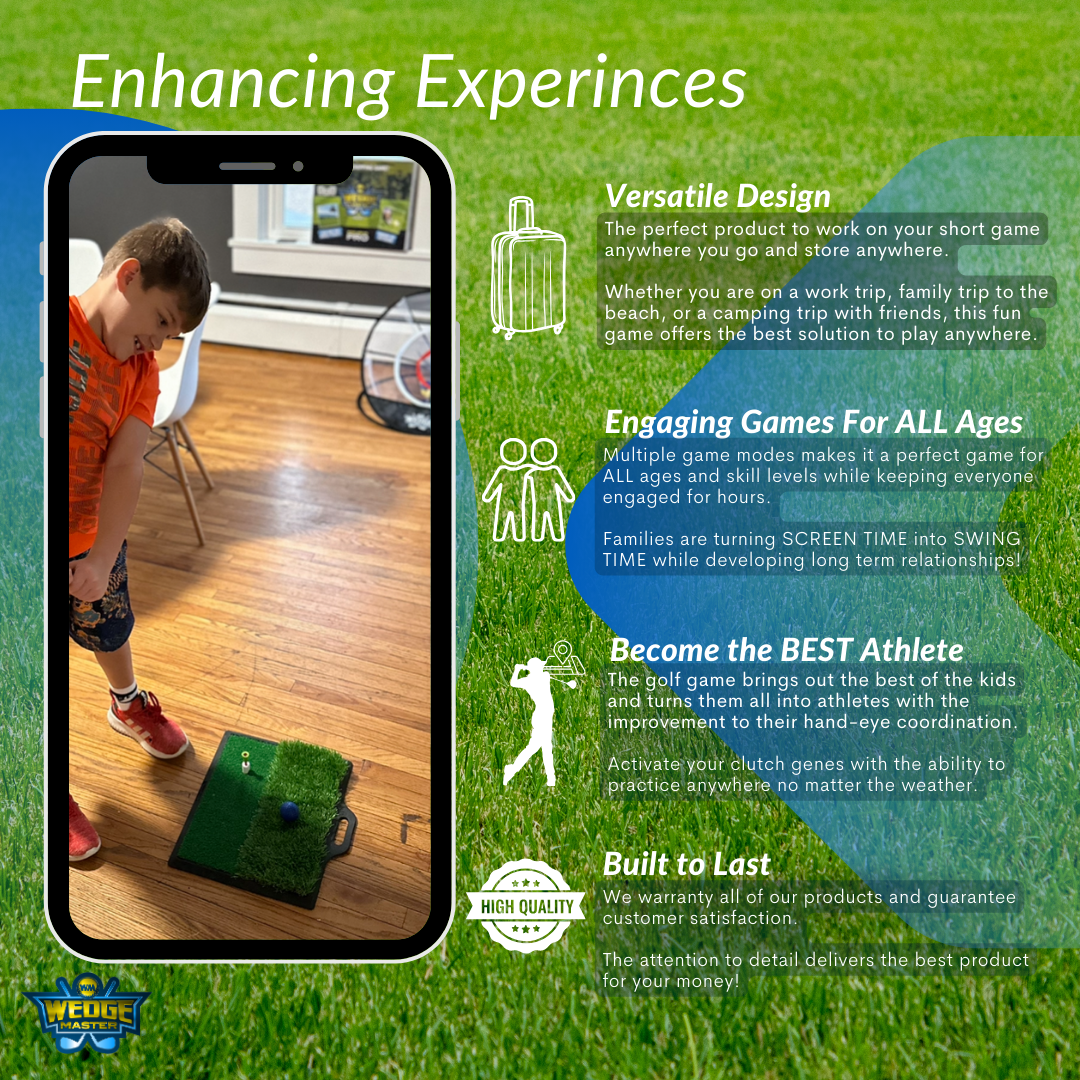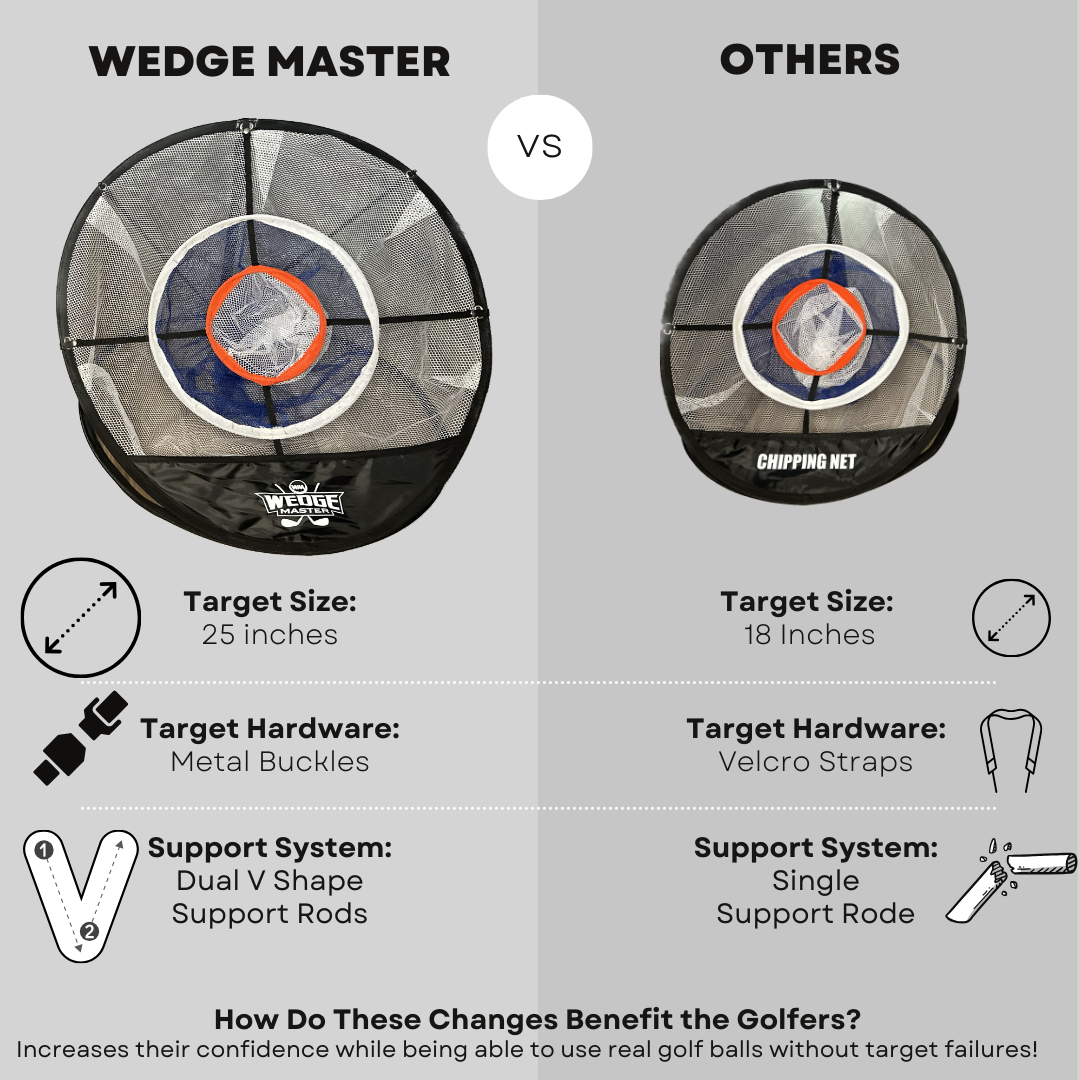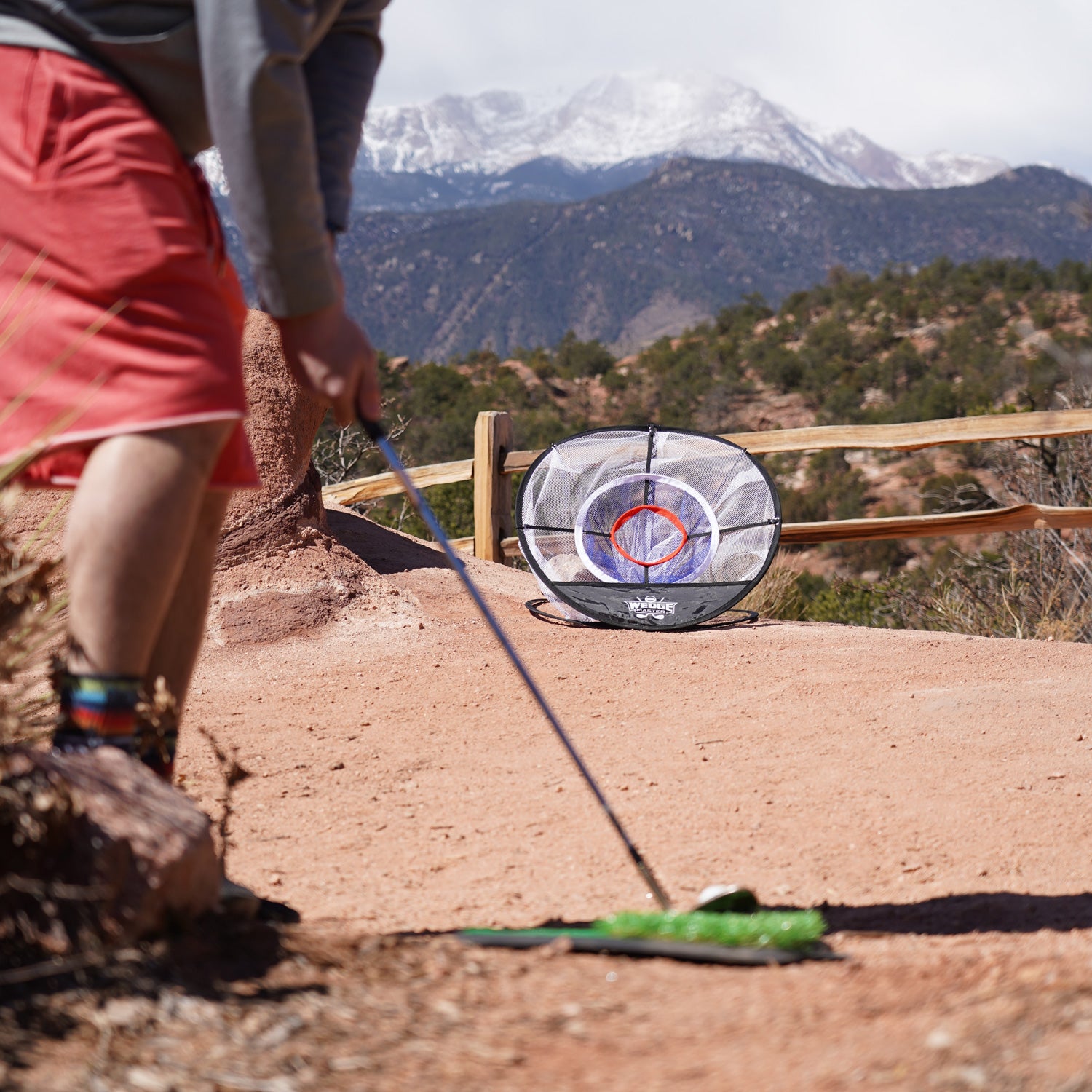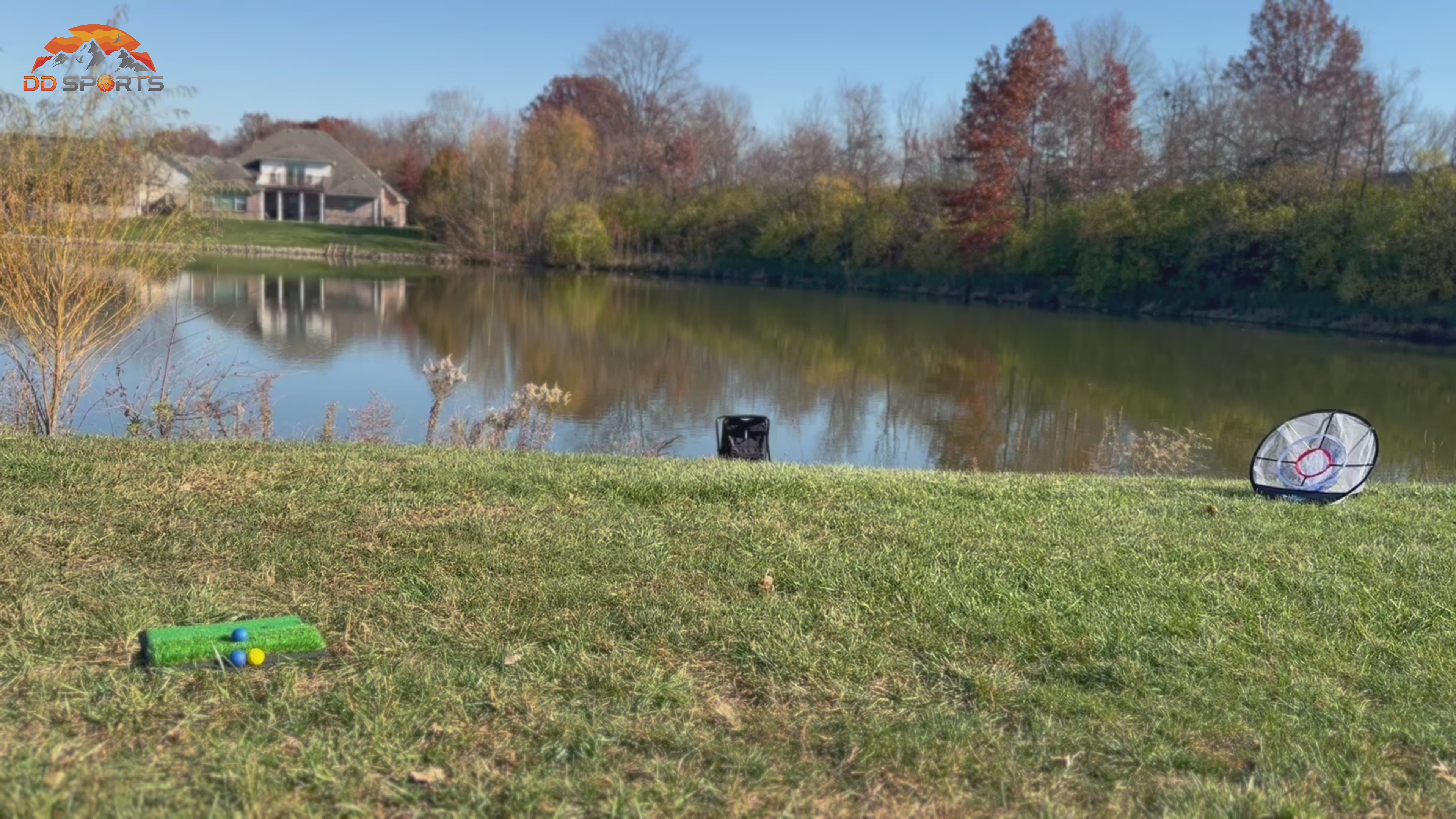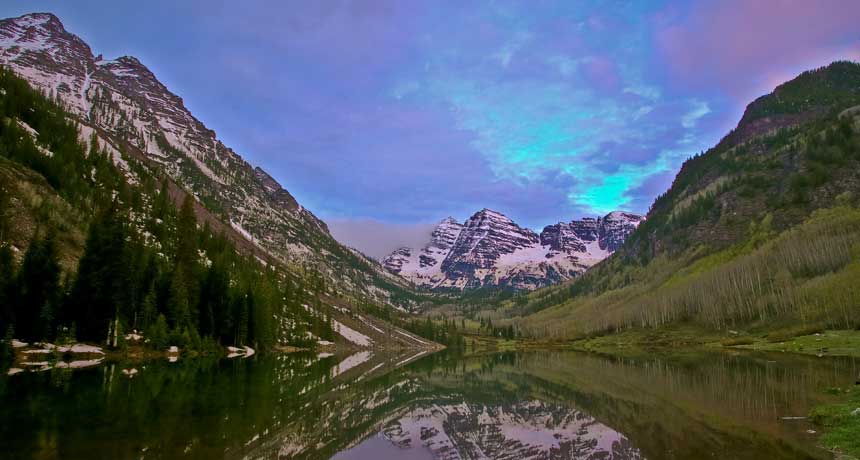
Understanding Poor Insulation and Inadequate Temperature Retention for Coolers: A Comprehensive Guide
Introduction:
When it comes to enjoying the great outdoors, having a reliable cooler is essential to keep your drinks and food fresh and at the desired temperature. However, not all coolers are created equal, and poor insulation and inadequate temperature retention can significantly impact your outdoor experience. In this blog post, we will delve into the various factors that contribute to subpar cooler performance and provide valuable insights to help you understand what to look for in a high-quality cooler.
1) The Importance of Insulation:
Insulation is the backbone of any cooler's ability to retain temperature. Poor insulation can result in faster heat transfer, leading to increased internal temperatures and a shorter lifespan for your perishables. When considering a cooler's insulation quality, two main aspects come into play: insulation materials and design.
Insulation Materials:
The most common insulating materials used in coolers are foam and polyurethane. Choosing a cooler utilizing thicker or denser insulation materials will generally result in better temperature retention. Manufacturers that prioritize insulation pay close attention to the type and thickness of insulation used in their products.
Design Considerations:
Coolers with double-walled construction or additional layers, such as an integrated lid gasket or sealing mechanism, improve insulation performance by reducing external heat from entering while minimizing internal temperature exchange. These design features prevent air leakage, keeping your items cool for longer periods.
2) Factors Contributing to Poor Insulation:
a) Inadequate sealing: Faulty or loose seals allow outside air to permeate your cooler, negatively impacting its ability to retain temperature. Check for quality seals that create an airtight and watertight seal when closed properly.
b) Thin walls: Thin-walled coolers are inherently less effective at retaining temperatures. Opt for coolers with thicker insulation layers to prevent rapid heat transfer.
c) Insulation degradation: Over time, insulation materials can deteriorate, compromising their effectiveness. Look for coolers with high-quality insulation that resists wear and tear, ensuring long-term temperature retention.
3) Managing Temperature Retention:
While a cooler's insulation quality plays a significant role in temperature retention, several external factors can affect its overall performance. Be aware of the following considerations to optimize temperature regulation:
a) Pre-cooling: Prior to filling your cooler with perishables, chill it using ice packs or pre-frozen items. This helps maintain lower internal temperatures and minimizes the load on your cooler's insulation.
b) Proper packing: Arrange your items intelligently inside the cooler by placing ice packs or ice on top of the food. This layout helps ensure they stay cooler and more evenly chilled.
c) Avoid frequent opening: Each time you open your cooler, warm air enters, impacting the temperature retention. Limiting the frequency of opening can go a long way in sustaining desired temperatures.
Conclusion:
Understanding the factors contributing to poor insulation and inadequate temperature retention for coolers empowers you to make an informed decision when choosing the best cooler for your outdoor adventures. Prioritizing insulation materials, design features, and managing temperature retention techniques are crucial to ensuring your beverages and food remain fresh and chilled throughout your trips. Don't settle for subpar coolers when you can enjoy optimum temperature regulation with quality insulation.
Remember, finding a reliable cooler is key to enhancing your overall outdoor experience. Selecting a cooler that excels in insulation, temperature retention, and design will not only provide peace of mind but also ensure that your culinary delights remain fresh, crisp, and deliciously cool.
- Real Golf Feel Turf with 2 Surfaces
- No Broken Windows with the Dozen Foam Golf balls
- Scorecard to keep kids entertained for hours
- Two nets to practice multiple distances and angles
- Carrying Cases For Travel and Easy Storing

